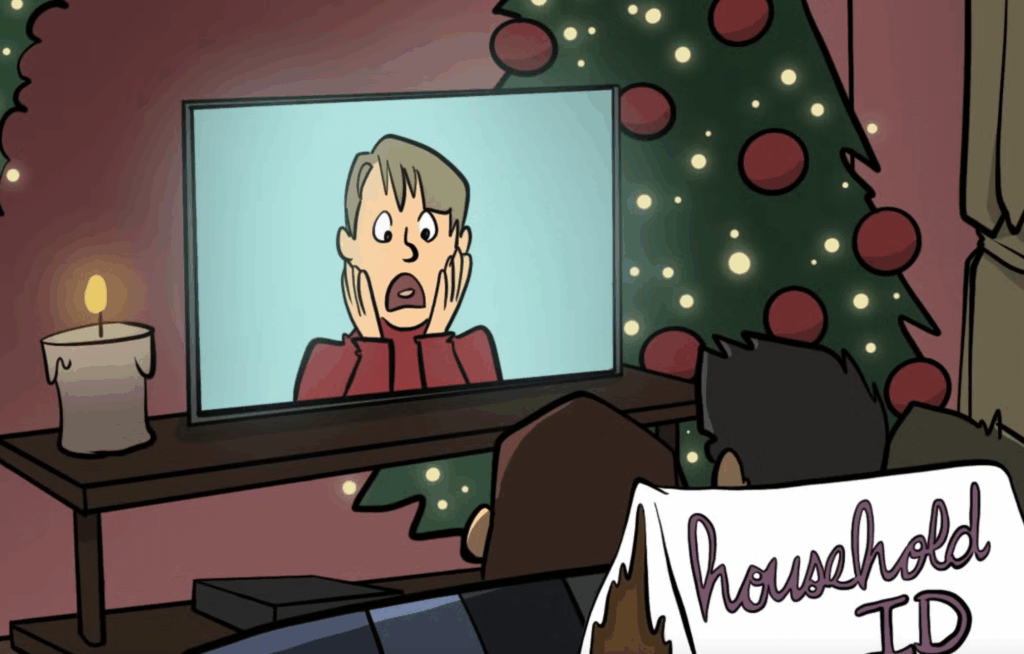
The economy’s still shaky and consumers are still nervous about opening their wallets. But that doesn’t mean promotional marketing gets to take a breather. More than ever, the burden remains on marketers to conceive of, execute and measure innovative and convincing promotions that will ultimately help seal the deal. And these days, they also need to stay ahead of the pack on brand-building efforts in social channels, accommodate users who live on mobile, and keep loyalty programs from fading into the woodwork. Promo talked with promotional experts about what 2012 may bring for marketers and their agencies.
EVENTS
Sponsorship spending by North American companies is expected to reach $18.2 billion in 2011, a 5.9% jump over 2010. One driver for that increase is the fact that events are being consumed across multiple channels and over lengthy timeframes, depending on consumer preferences: as live experiences and on social platforms and tablets. Watch for events to be staged in three layers to maximize reach: pre-event online, in real time, and post-event as customer-generated comments.
Promotional giveaways at events will be seeded with scannable codes to enable smartphone users to access exclusive video, product information or other added value content. And, it’s now a rule of the road to incorporate social media in all live activations to encourage viral spread.
Keep a close eye on 2012 Olympic sponsors. They will be executing innovative and creative promotions that may offer ideas and lessons that can be translated to your product and service promotions.
CONTESTS/SWEEPSTAKES
Gamification of these promotions will continue to grow in 2012, with websites being enhanced with popular techniques heralded by gamer enthusiasts. These include leader boards, missions, badges and news feeds, as well as allowing players to work in teams. One big push will build games that not only engage consumers with the brand but also educate them about a product or service to help drive a sale. Digital and instant rewards will encourage people to return to play over and over again, a tactic that helps build personal data collection. Marketers ask a few questions at the start of each new play to learn more about these players and then follow up with customized messages.
Watch for threshold prizing, also called tiered prizing, to become a standard operating procedure. This means the prizes become more valuable as more users sign up. This puts consumers in the driver’s seat to influence prizing and encourage viral spread while creating strong brand advocacy, according to ePrize.
Execute the sweepstakes on social/viral platforms to make sharing easy. Rewarding these social behaviors will become a mainstay of games, contests and sweepstakes. Consumers are already sharing, tweeting and watching videos across multiple social channels—this gives them extra reasons to engage by tying those behaviors to a chance to win, ePrize says.
RETAIL
One of the biggest challenges marketers will face in stores is finding ways to work around clean store policies. These policies are expected to become more restrictive this year as retailers work to protect and grow their own brands and differentiate themselves from among competitors by limiting and controlling manufacturers instore marketing.
One of the easiest ways is to utilize the retailer’s instore and media assets, including circulars and websites. Put promotions on high-volume items like chips or soda to get lots of exposure, says Michael McMahon, executive vice president of shopper solutions at Alcone Marketing Group.
Use the packaging for comparison ads, like Equate does to show customers that its ingredients are the same as the pricier name brand sitting next door. Develop packaging that encourages more than one purchase—like Herbal Essences shampoo and conditioner bottles shaped to “cuddle” together.
Scannable on-pack codes will gain in popularity as a way for brands to provide on-the-spot price comparisons, detailed product data, customer reviews and other information critical to closing a sale. Give shoppers a reason to return frequently to purchase your products or to purchase more per trip, like collect-and-win promotions.
More activity will be seen in geo-fencing or location-based mobile. ShopKick, PlaceCap and Foursquare allow marketers to run timely promotions that can occur almost in the middle of a shopping trip, says Jim Lucas, executive vice president, global retail insight and strategy at DraftFCB. To celebrate its 40th birthday last March, Starbucks gave a mobile gift card to the first 600 people to check in via Foursquare.
Think green. Just like manufacturers, retailers will be looking to show that they are eco-friendly in the marketing materials department.
SOCIAL MEDIA
Marketers will continue innovating on social platforms, so watch big brands like Coca-Cola, Kraft, McDonald’s and Budweiser for innovative campaign ideas. But the early leaders in social are also working to derive metrics that can measure the impact of amassing large numbers of social fans and followers, and to calculate the benefits of social success in increased engagement, reductions in the cost of customer care, and incremental sales. No one has cracked that code yet, but 2012 will see some serious work devoted to the cause.
And remember that coming changes in Facebook will reshape the social media game in important ways. Users won’t need to hit the “like’ button to comment about a page, so the number of people talking about your Facebook content may become a more useful metric than the number who simply like you, and a more accurate reflection of their engagement level.
MOBILE INTEGRATION
Next year, consumers will rely more on their mobile devices in the various stages of a purchase decision—from consideration and research to price comparisons. The message for promotional marketing is clear: Promotional campaigns will have to integrate with mobile devices or risk not reaching their full out-of-home audience.
Expect consumers’ primary demands of mobile shopping apps to be finding deals, comparison shopping, getting coupons instore and simplifying the shopping experience, says Theresa Wabler, director of marketing at Parago. But don’t neglect the game value of platforms like augmented reality.
Mobile technology enhancement should make possible easier mobile couponing, more user-friendly m-commerce interfaces, and the shift of some paper-based processes like rebate submissions to a wireless platform. And since the majority of games and social interactions take place via mobile phone, campaigns built on those tactics will have to go mobile or give up a portion of their addressable market.
ELECTRONIC GIFT CARDS
E-gift cards may be one of the hottest trends this year for shoppers who can simply go to a website, purchase a card and then have it delivered via email.
“They’re sweet. They’re sexy and they’re instant,” says Joan Travelstead, vice president of the National Gift Card Corp.
Gift card instore “malls” are likely to be trimmed as more consumers realize the ease with which they can purchase and send e-gift cards. If you’re not in the e-card game, you better get suited up; look to Starbucks for lessons on how to do it right.
LOYALTY
Retaining existing customers will be a top priority for 2012. Marketers will work to reactivate inactive loyalty members, add value to existing programs and do a better job of customizing communications. Marketers are waking up to the idea of loyalty not being a tactic, but rather an organization-wide mindset. This means that employees need to be trained on fostering customer loyalty as part of every marketing plan.
According to Forrester Research, marketers can look to these reasons for lack of program performance to change up their programs: lack of differentiation (91%); over-optimistic goal setting (82%); over-targeting customer base (73%); difficulty in accurately measuring (64%); and program not synched with branding (55%).



